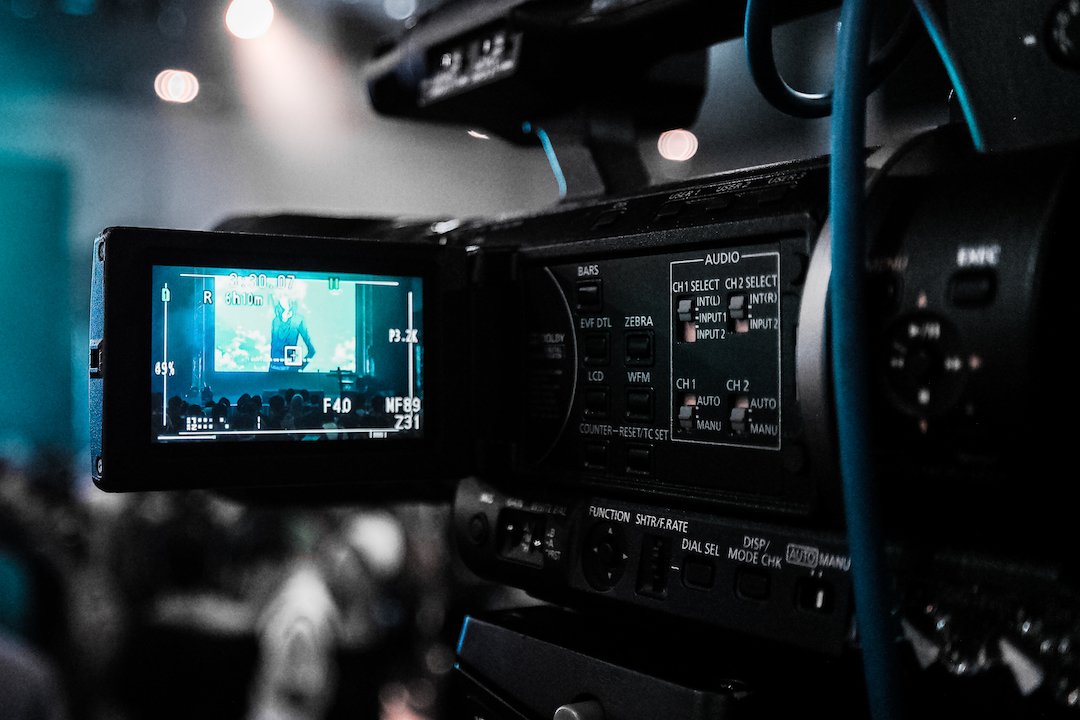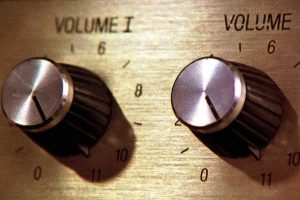When it comes to video, having great audio is crucial. You may well have a creative visual masterpiece but if there is no enticing audio to round off the sensory experience then you may not be getting the most from all that hard work. So how do you go about getting audio that matches the quality of your footage?
Getting it right at the source
Great audio, comes from getting the best you can at source as opposed to trying to make amendments in post-production (this also applies to capturing great video, but that’s another story). This relies on getting a few crucial aspects correct, such as microphone choice and microphone placement.
Microphones
First of all, it is important to note that in the majority of cases, the in-camera audio will not be of a sufficient quality and so, the use of a microphone is essential. There are a plethora of choices when it comes to microphones so let’s focus on what is best for video. When shooting video, the key is often focusing on one particular feature in the frame and so the audio should reflect that. To compliment that, the audio from the microphone should be relatively isolated so as to reflect what is in the image; this would suggest a shotgun microphone. Shotgun microphones are named after their isolating nature.

Polar patterns
Shotgun microphones are named due to their polar pattern, which is the name given to describe the area in which the microphone will most effectively detect sound. Most shotgun mics will have a super-cardioid or hyper-cardioid polar pattern meaning that they pick up quite a large proportion of the sound in front of the capsule. The way that shotguns separate themselves from other microphones is their long and thin profile which is designed to separate out ambient noise from the direct noise by differentiating differences in wavelength.
Purchasing microphones
One of the things to consider when looking at purchasing a shotgun microphone is the connection. Most DSLR cameras will have a 3.5mm jack input and so it is important to make sure that your microphone is compatible rather than having an alternative connection such as XLR. Some of the more expensive microphones may have an XLR connection, in which case your camera may already have the correct input or, alternatively, it is relatively easy to find connection adapters or to use a portable solid state recorders and sync the audio in post. Top companies to look out for when looking at shotgun mics would be Rode and Sennheiser although there are many other great options on the market as well.
Microphone placement
The next step in getting quality audio is making sure that your microphone is placed in a suitable position in relation to your shot. The easiest way to make sure that you have a suitable placement is, if using a camera mounted microphone, monitoring your audio alongside previewing your camera angle. You should be listening for any unwanted noise or rumble and being certain that the audio you want is prominent and coming in at an appropriate level and not clipping (distorting). If you have opted to not use a mounted microphone and are instead using an alternative method of microphone placement, then the same rules apply except you should be spending more time making sure the placement of your microphone captures audio that complements what you are filming and it still recording the cleanest audio possible.

Processing the audio
So you have your clean audio, but how do you enhance it to maximise the quality of the aural experience?
Minor fixes
We start by ensuring the basics. Sometimes it doesn’t matter how precise and meticulous you were when recording, you will still have unwanted noise. This will often show itself in the form of a low-level humming or rumble, but no fear, there is an easy solution; a high pass filter or HPF. Using an HPF will simply remove any frequency below a certain cutoff threshold e.g. 80hz. Most often this will fix the problem and you can move on to more nuanced processing. If, however, you find you still have issues with noise or a resonant frequency then there are plenty of software plugins such as the iZotope suite to help you. These plugin suites often contain plugins to help with de-noising, de-rumbling, de-clipping and ambience removal. These plugins will analyse your audio for whatever it is you are having issues with and, by the magic of computer algorithms, remove it. If a problem persists, then I am afraid to say you could be in for a rollercoaster of laborious hours toying around with plug-ins to fix your issue. There are plenty of YouTube tutorials to help you if this is the case.
Further processing
Once you have audio that you believe to be clean and up to standard, you can start to look at processing that will enhance the audio. This may involve adding compression, reverb, EQ or other types of dynamic and modulation processing. Unfortunately, we will not have time to delve further into all of these forms of processing, but let’s take a deeper look into how compression can enhance your audio.
Compression
The basic idea of compression is to take the peaks and troughs of your audio and reduce them so that you have a generally more balanced audio level throughout. This may sound very basic however it has the ability to transform your audio into something much more significant. It will depend on what type of audio you have as to how you approach compression. For example, having speech-based audio may lend itself to heavy compression in order to make the speech sound much more prominent and ‘in your face’ for want of a better expression. On the flipside, if your audio is more music based, then you may want approach compression more caution so as to not affect the dynamics of the performance.

Compression works based on a theory of ratios in which the input signal will be reduced by a certain ratio when it reaches a set threshold point. For example, if you had a compression setting of 2:1 then the compressor would reduce the peaks and troughs by half once the audio input level had hit the threshold.
So how does this help your audio? Compressors can be very effective in controlling your peaks as well as to creatively to move your audio in the binaural spectrum ie. make it seem closer or further away. Alongside EQ, compression is a fantastic starting point in processing audio to achieve that rounded audio/visual experience that you first set out to achieve.
The key to achieving good audio, much as with good video, is practice. Try out different mic placements, different microphones with different polar patterns and then process them with different dynamics and effects and eventually you will develop a workflow that works for you and your style of work. Best of luck!




